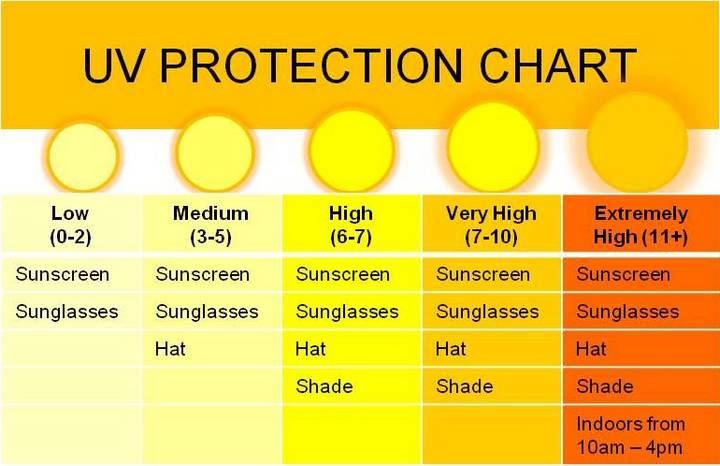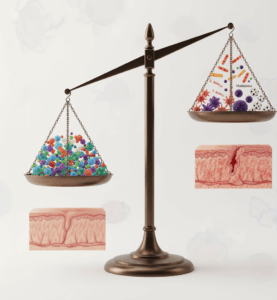
Sun protection matters throughout the year but being aware of increasing danger levels helps us to take additional action. This can prevent short term discomfort, premature ageing and most importantly, the onset of skin cancer.
Noting UV levels is becoming more important, as our climate changes and protection from the ozone layer diminishes. Neither is the change confined to traditionally hot and sunny parts of the globe.
UV penetration in the UK is forecast at level 9 for parts of summer 2020, an all time record and a figure we should rely on.
Accurate Calculation
Although weather forecasts have often been viewed as uncertain, they have improved in recent years and UV figures are one of the more accurate parts.
To assess likely ground level UV strength, computer modelling takes into account stratospheric ozone conditions, along with the elevation above sea level and angle of sunlight at each location.
Variations throughout the day are formulated, adjustments made for different UV wavelengths and likely cloud cover. Even so, this is not a total barrier, quite heavy cloud will allow about 30% of UV to pass through.
The result is reliable and tells us that in the UK, we are seeing UV levels that not many years ago might have been associated with Sicily, or Grenada.
Using The Forecast
We should stress that you can still burn in April, or your skin suffer damage at most times of year but as the summer solstice arrives and the sun is high in the sky, take a little more notice of UV forecasts.
They might prompt you to find a few extra minutes to apply sunscreen, make a change of mind on clothing, or an activity. Finding your summer hat is worth an effort, or the wrap around sunglasses which look good anyway.
A variety of behavioural and practical changes over recent decades have turned skin cancer from a problem, into an epidemic. The primary cause is well established and the probability of becoming part of the statistics is in our own hands.
Most of us look at the weather forecast quite often, making sure to check UV levels at the time can be a life saving move. Skin cancer treatment may have notably advanced but is still best avoided.



